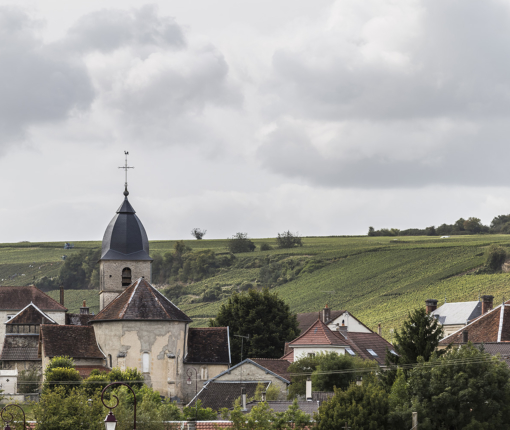
… in the southernmost part of the Champagne winegrowing region, the Coteaux du Landion cooperative has strong roots in its terroir. It brings together families from some 11 villages: Meurville, Bergères, Couvignon, Val Perdu, Bligny, Spoy, Argançon, Dolancourt, Fravaux, Arconville, Champignol.
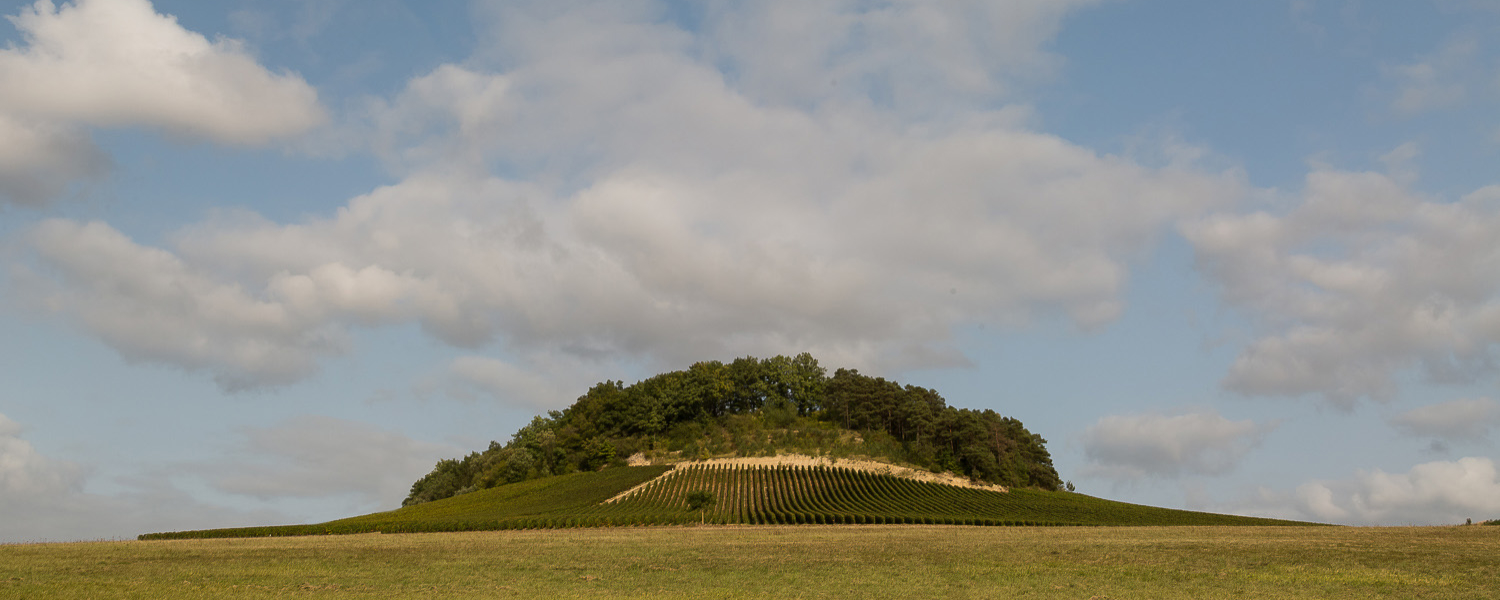
Here we find a typical Aube landscape – vast, varied, undulating and peaceful – criss-crossed by different water courses. It is from one of these – the river Landion – that the cooperative takes its name.
The varied landscape is linked to the different types of soil. The woods occupying the plateau have a hard Portland limestone subsoil dating back to the Jurassic period. Most of the vines, planted 2,000 years ago by the Gallo-Romans, can be found at the top of the marly slopes. The fields at the foot of the slopes have a chalkier soil.
One of the three iconic Champagne grape varieties, the Pinot Noir, flourishes on this marly subsoil of Kimmeridgian limestone, which gives it its incomparable expression.
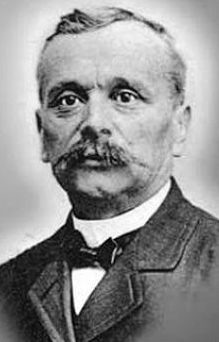
Gaston Cheq
and the revolutionary march
In 1911, excluded from the new Champagne appellation which prevented them from supplying the Marne businesses, the winegrowers of the Aube revolted. Led by Gaston Cheq, they finally got justice. The local winegrowers have never forgotten this period of unrest and Gaston Cheq’s commitment to the cause.
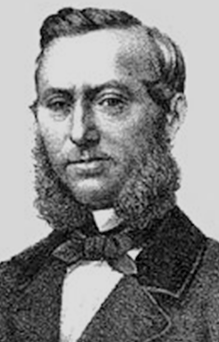
Charles Baltet
and his role in combatting phylloxera
Another famous man from the region was a horticulturist from Troyes called Charles Baltet. With phylloxera widespread in the French vineyards he set about finding a way to combat the disease. His solution was grafting which helped to reconstruct the French vineyards.
The Via Francigena is a historical pilgrim’s way from Canterbury to Rome, which is unique in the fact that there is no single route. However it is the one taken in 990 by Sigeric, the then Archbishop of Canterbury, which has established itself as the official route.
It comprises 79 stages through Italy, Switzerland and France, one of which is at Bar-sur-Aube. An ancient roman road leading to the Via Francigena passes through the small village of Spoy. Clairvaux Abbey is also on the route, as is the Coteaux du Landion cooperative.